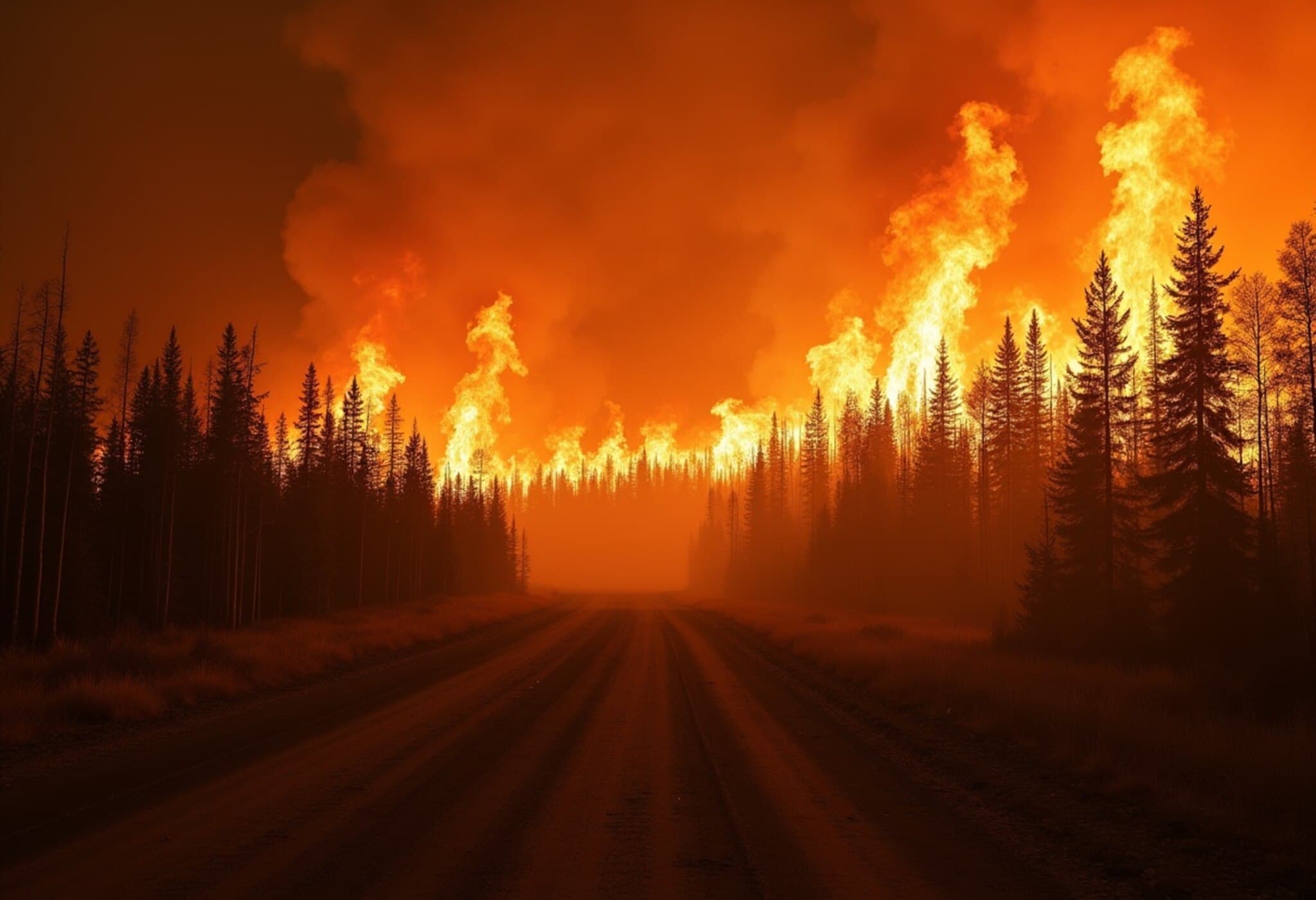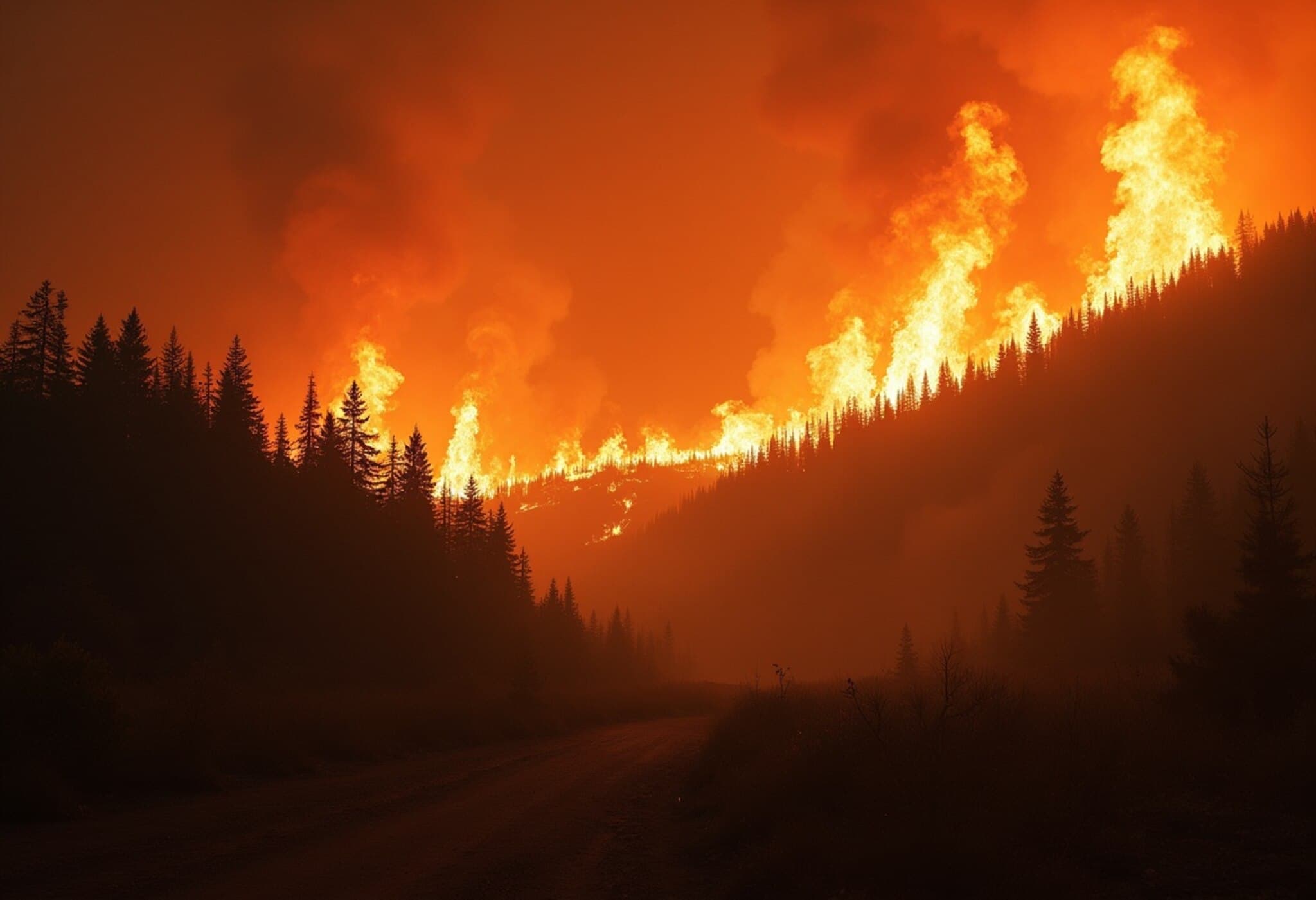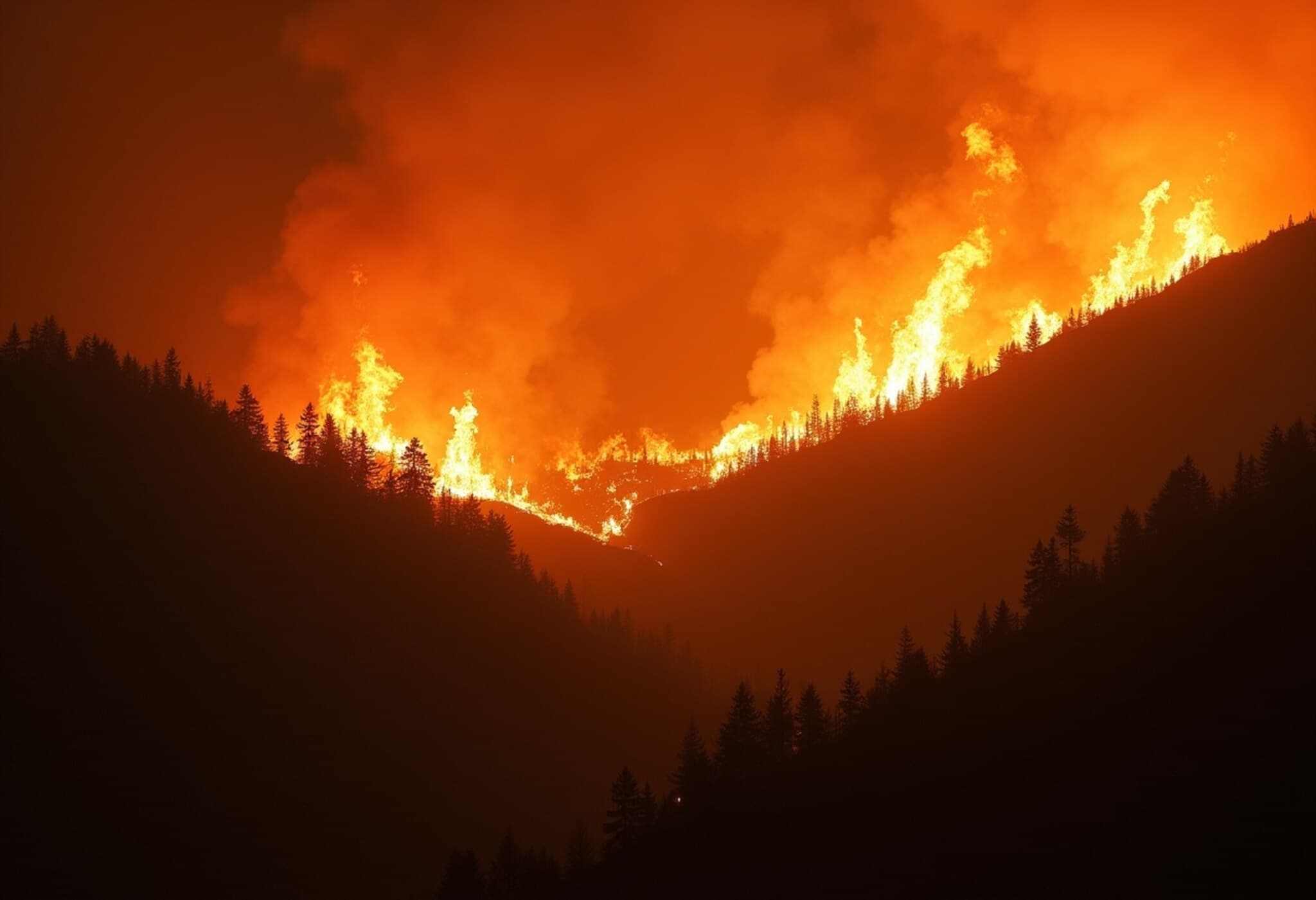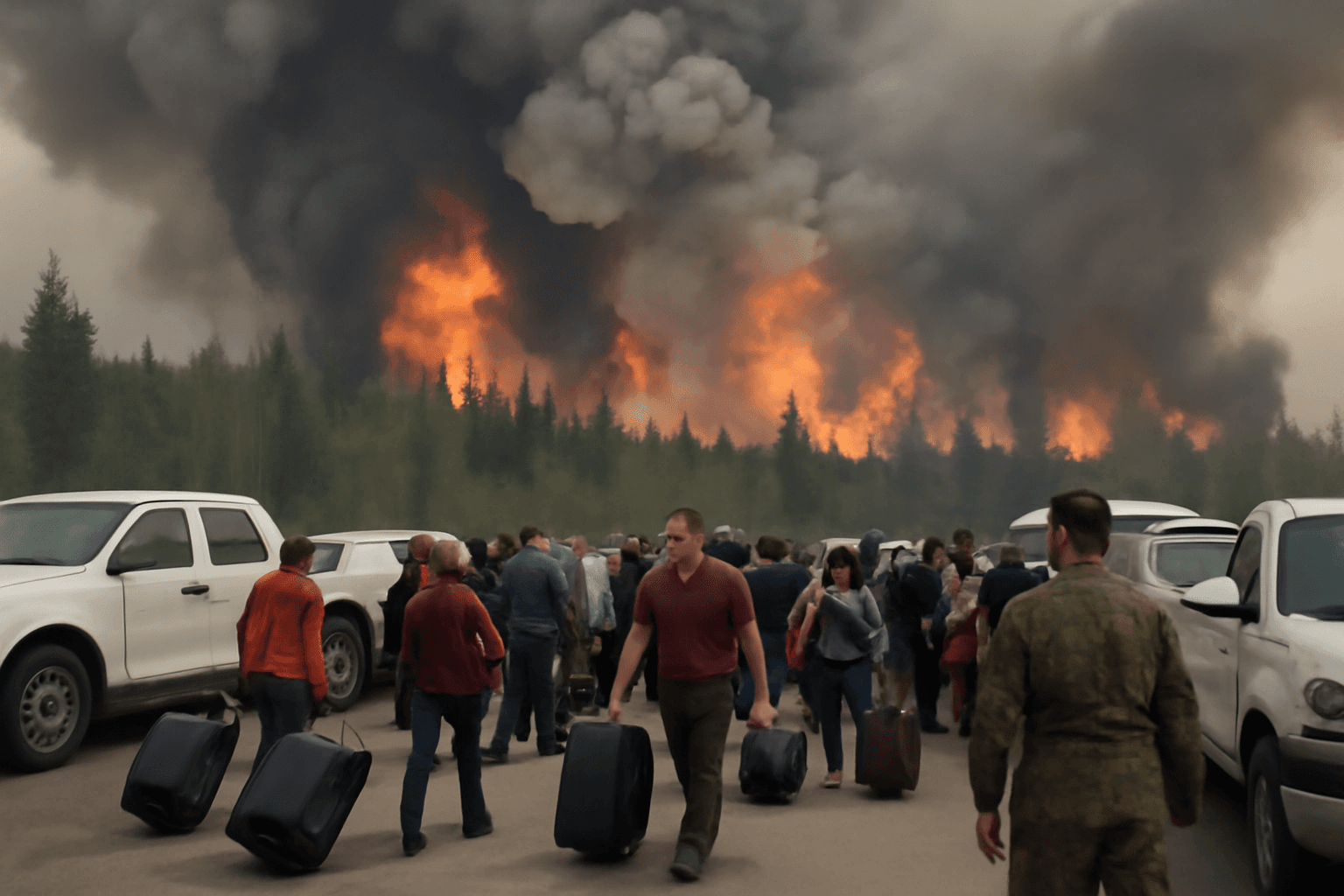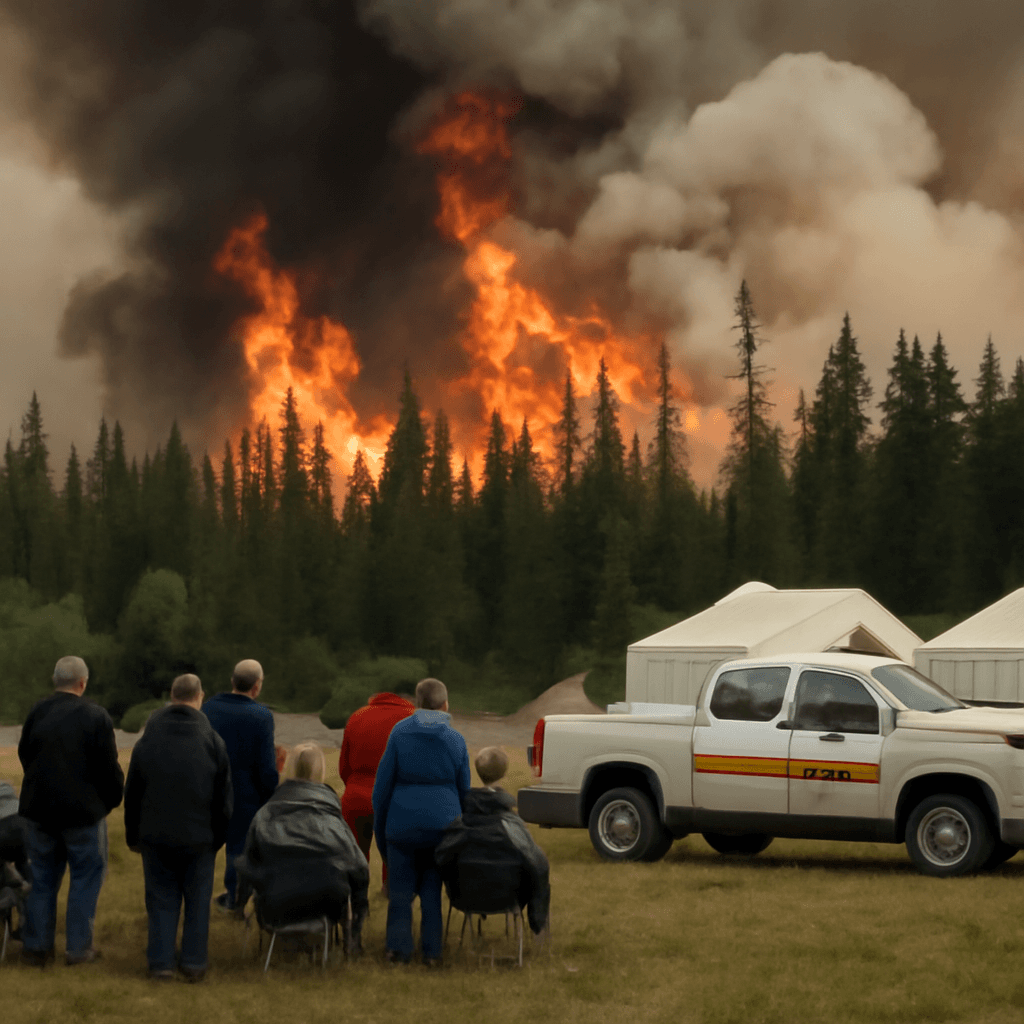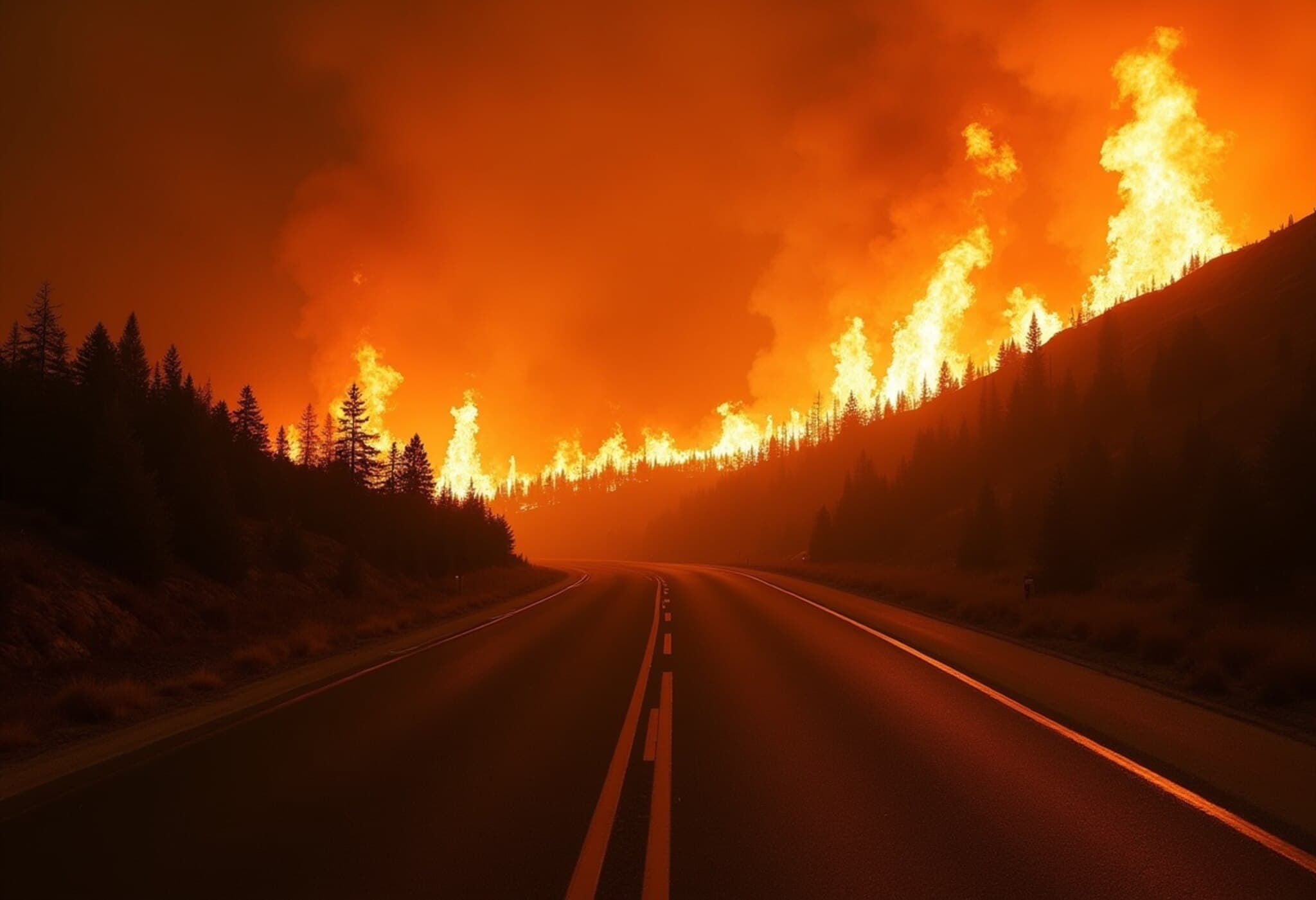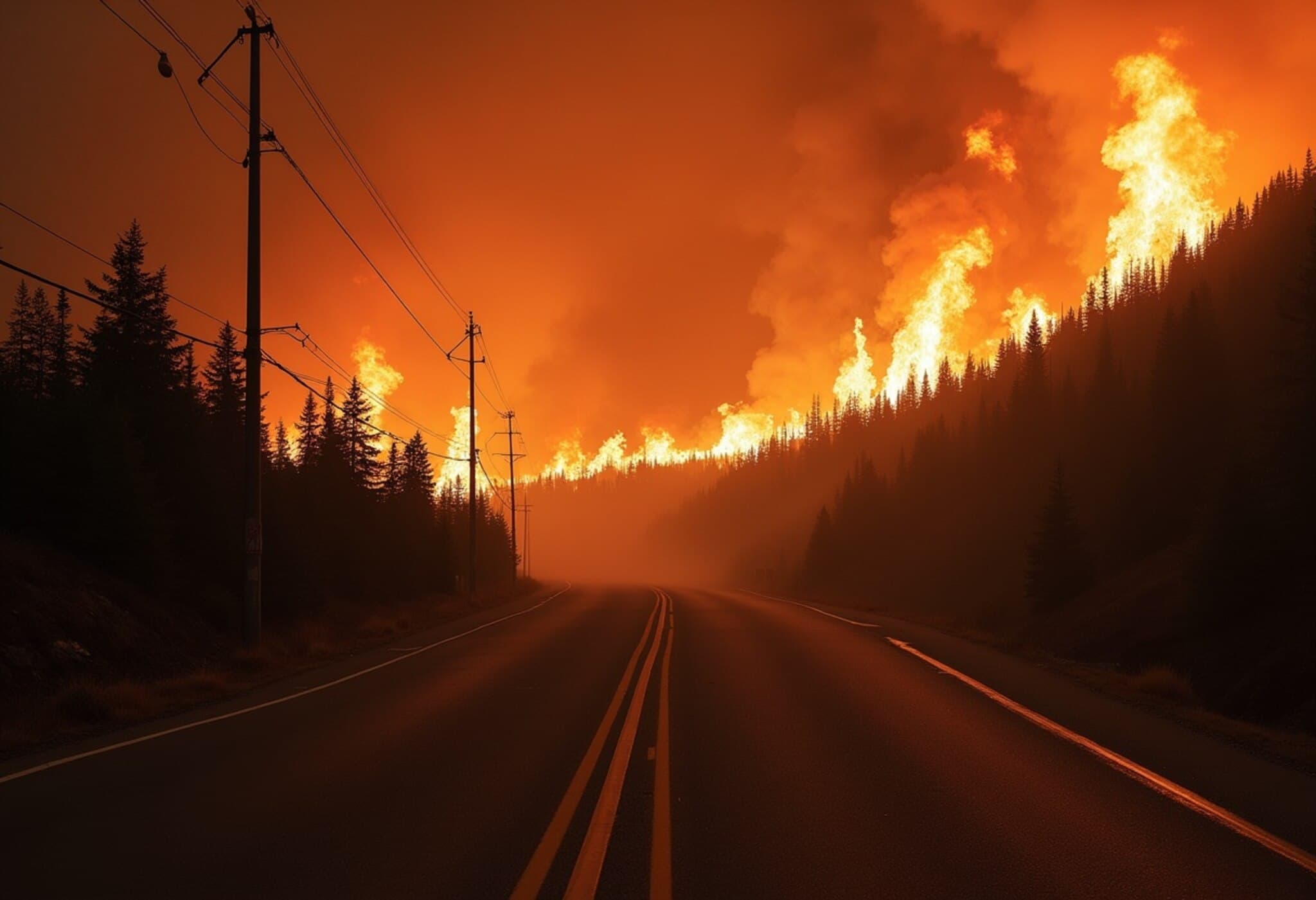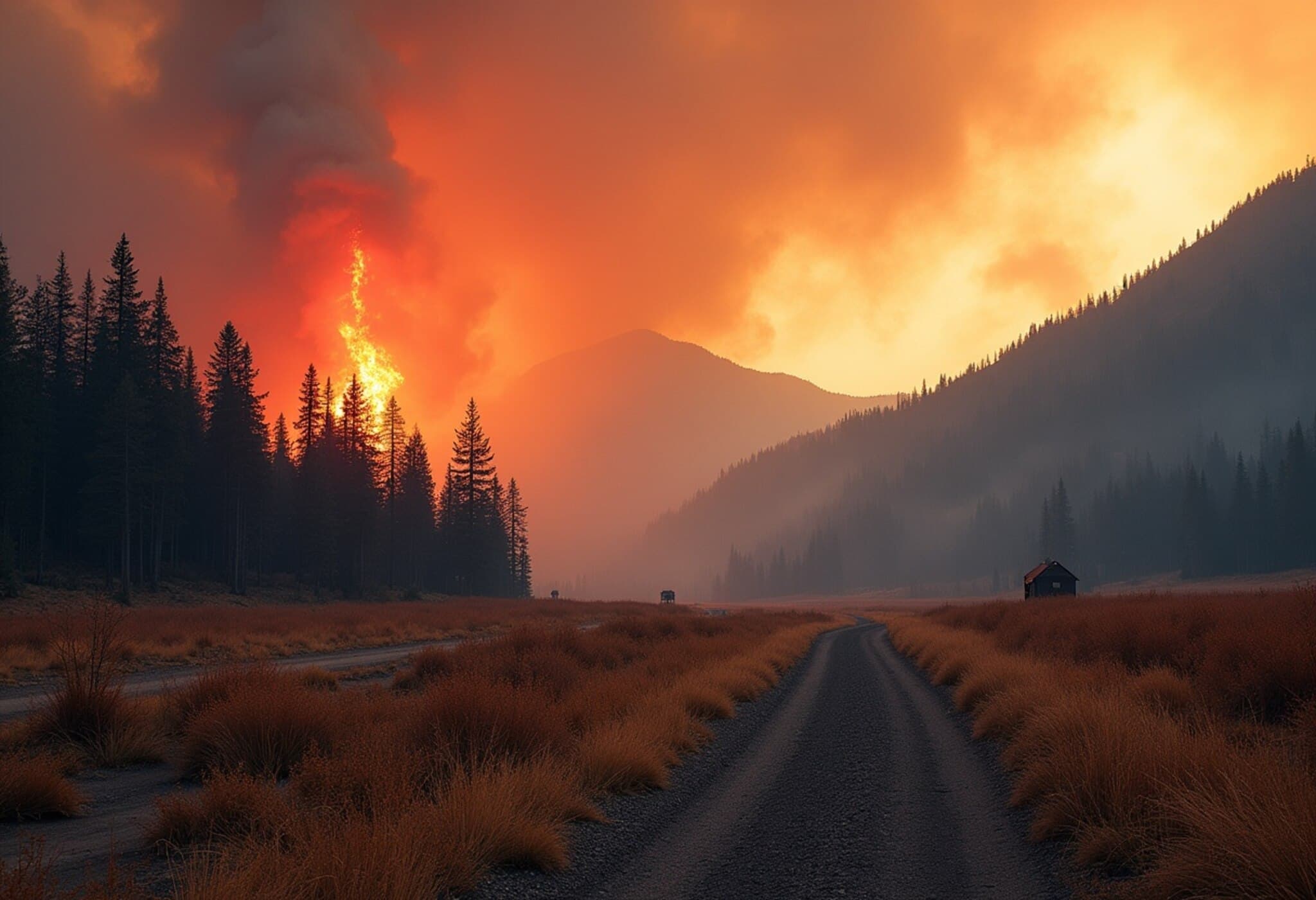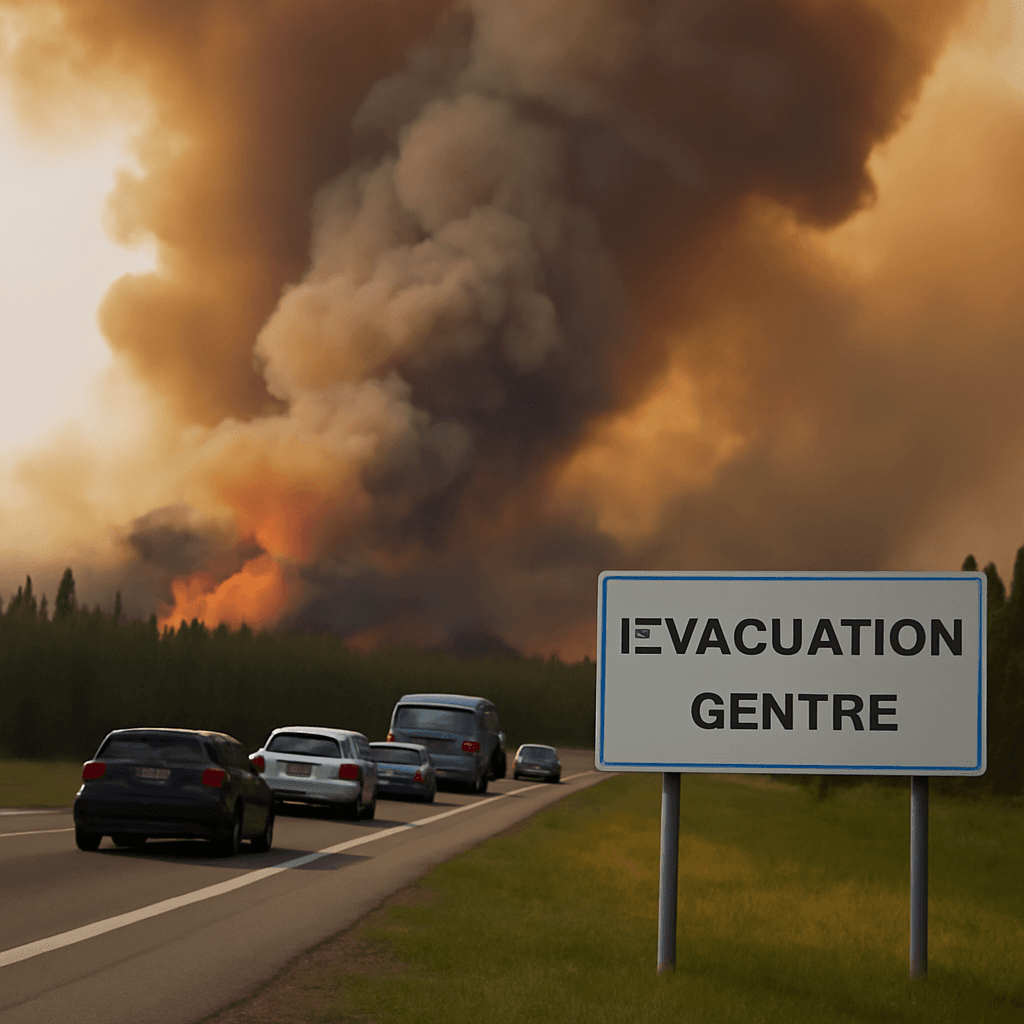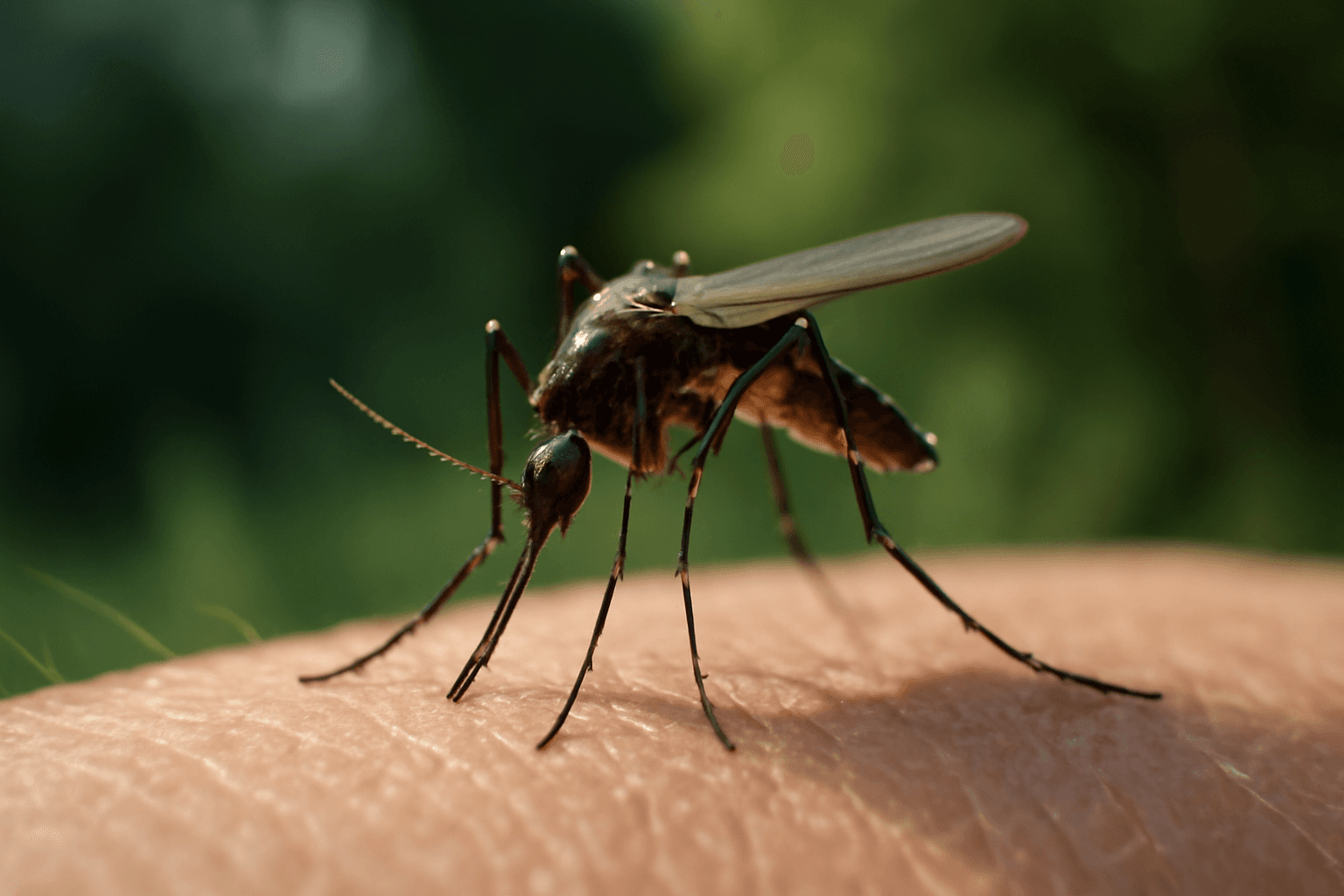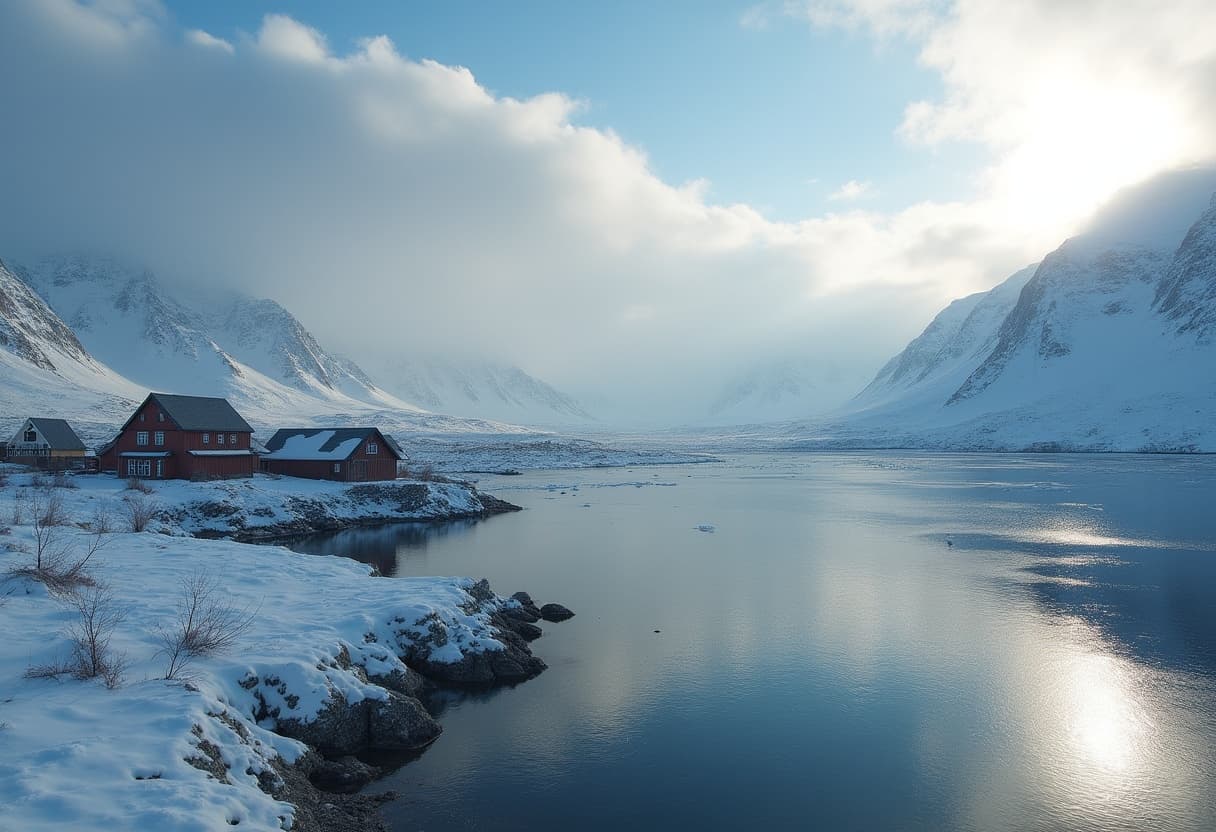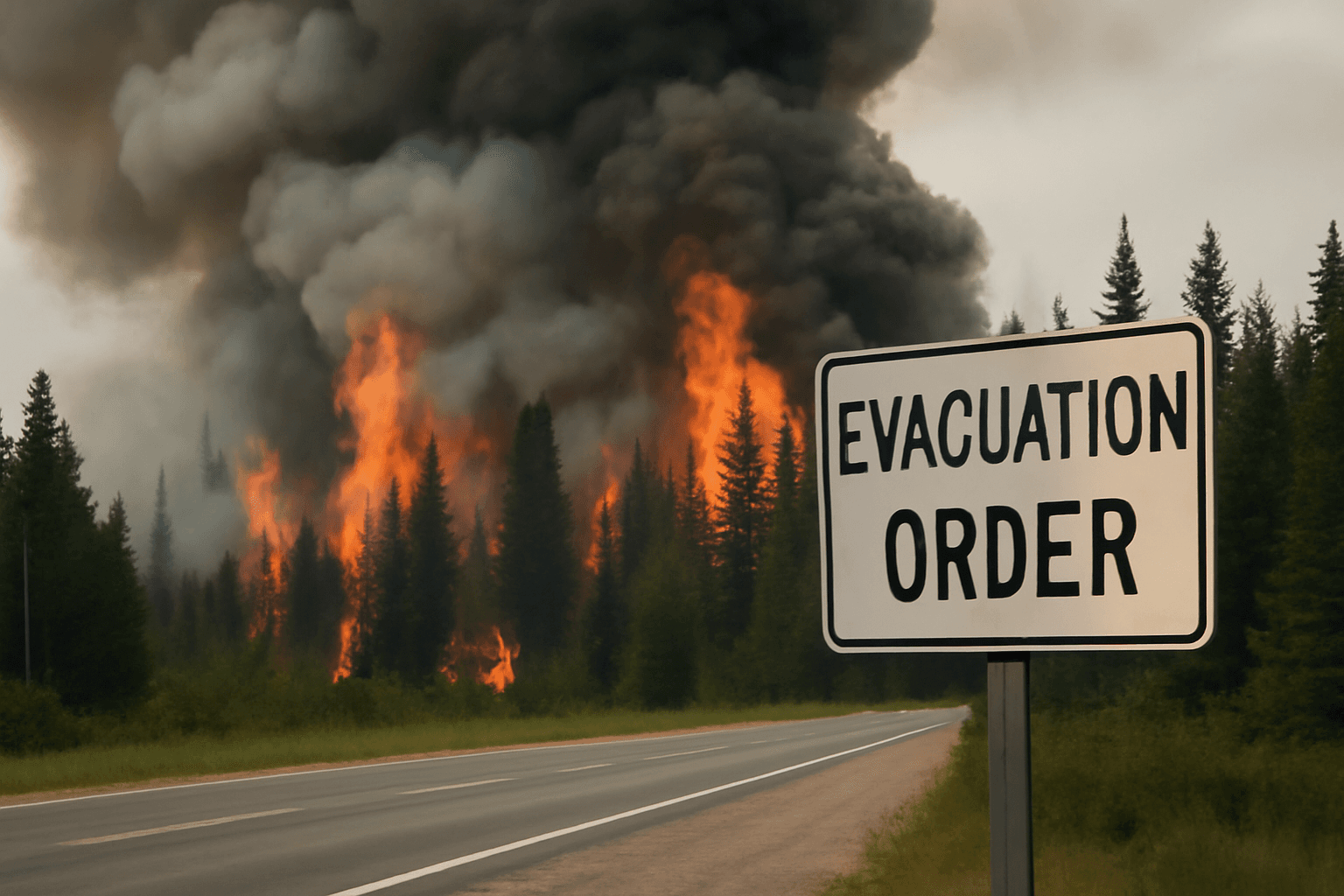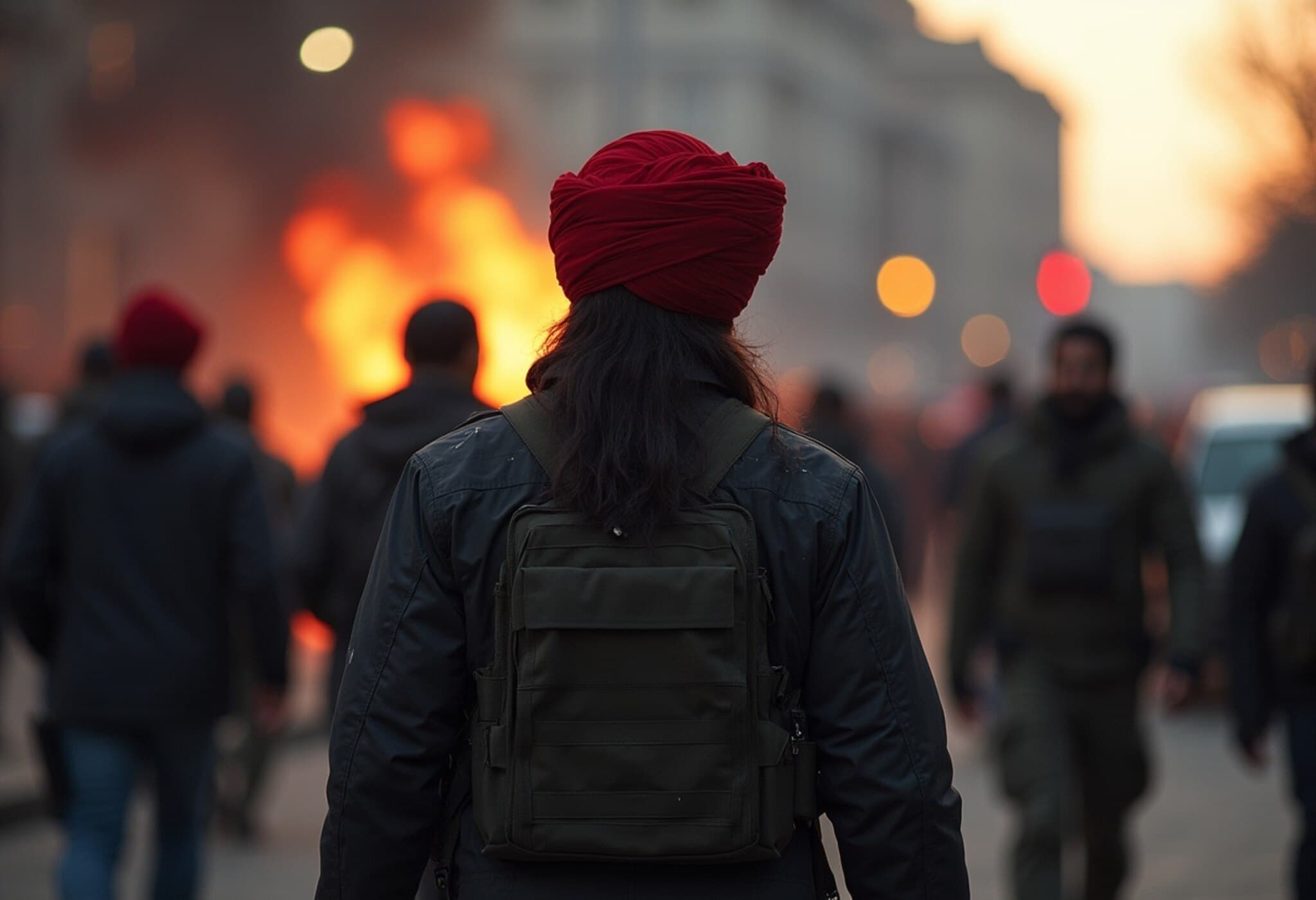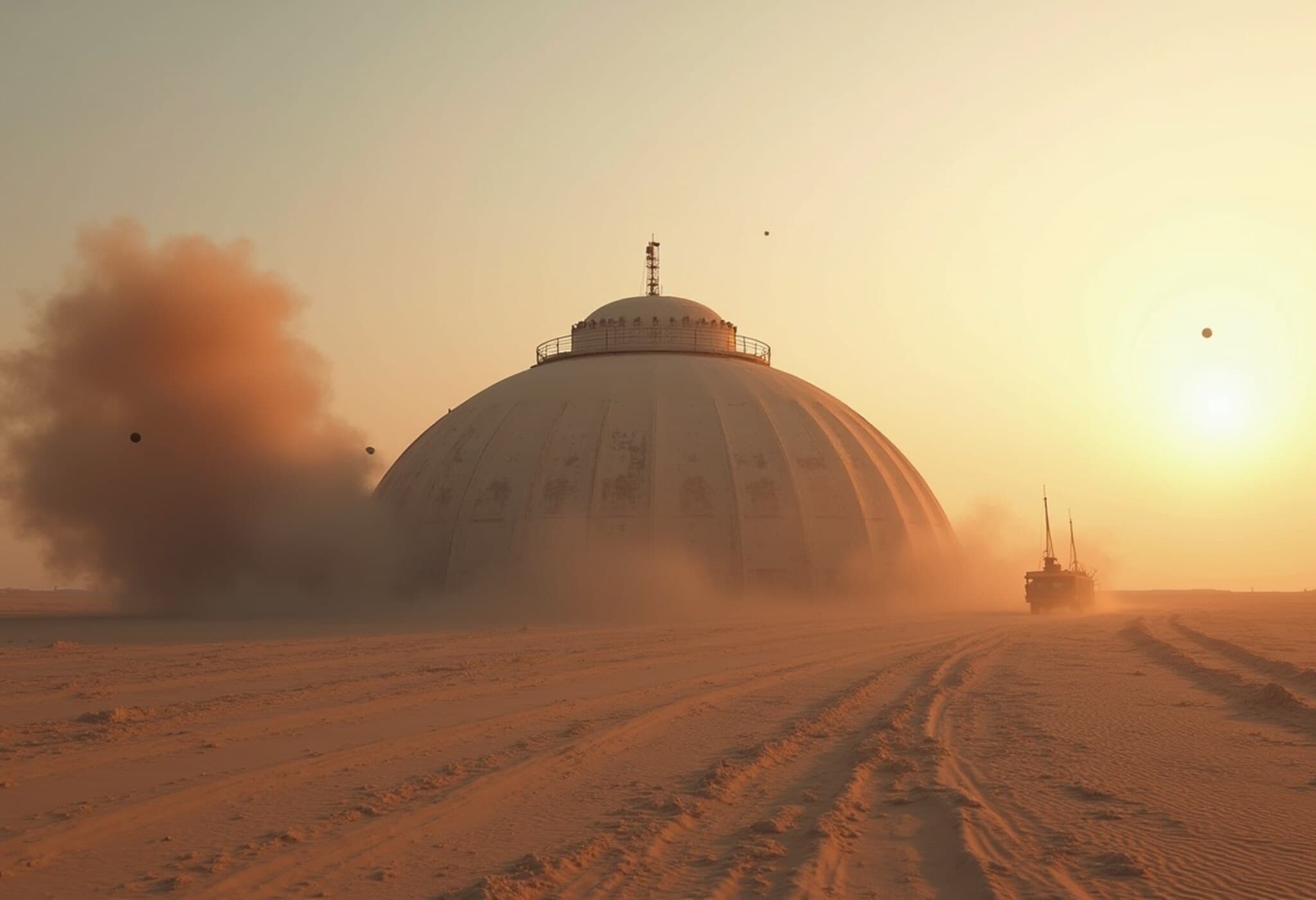Manitoba Grapples with Unprecedented Wildfires in 2025
This summer, Manitoba has been engulfed by a surge of wildfires, pushing the province to declare a second state of emergency this year. With over 2.5 million acres scorched and more than 100 active blazes as of early July, officials warn that this could be the worst wildfire season since 1994.
Scale and Impact of the Fires
The central Canadian province has witnessed a dramatic escalation in wildfire activity, fueled by soaring temperatures and persistent dry conditions. The 2025 wildfire season, which traditionally spans from March through October, has already overwhelmed firefighting resources and displaced thousands of residents.
- More than 4,000 people evacuated from communities including the Garden Hill First Nation and the town of Snow Lake.
- Mandatory evacuation orders issued for nine communities across the region.
- Key evacuation centers established in Winnipeg, such as the Billy Mosienko Arena and RBC Convention Center.
Government Response and International Support
Premier Wab Kinew addressed the humanitarian crisis directly, emphasizing the urgency of securing additional shelter facilities to accommodate evacuees. The province’s emergency management ministry coordinated an airlift operation in partnership with the Canadian Armed Forces to expedite relocations.
Moreover, American firefighting teams have crossed the border to support Manitoba’s efforts, highlighting the transnational cooperation necessary in battling climate-exacerbated disasters.
Political Tensions Amidst the Crisis
Despite the collaboration, political friction arose when six U.S. Republican congressmen from Minnesota and Wisconsin sent a letter urging Canadian authorities to curtail the fires, citing cross-border smoke and ash that disrupted outdoor summer activities in their states.
Premier Kinew criticized this move, calling it an insensitive politicization of a deadly natural disaster. “This is what turns people off from politics—when a wildfire has claimed lives and uprooted families, trivializing it only deepens distress,” he remarked.
Broader Context: Wildfires and Climate Challenges
Experts note that climate change is intensifying wildfire seasons across North America, leading to longer periods of high fire risk, greater acreage burned, and more frequent evacuations. The increasing severity in Manitoba is reflective of broader trends that demand urgent adaptation strategies.
Environmental policy analysts suggest this crisis underscores the need for greater investment in wildfire prevention, community resilience programs, and cross-border cooperation on climate disaster response. Furthermore, Indigenous communities, often disproportionately impacted, call for integrating traditional land management practices as part of a comprehensive mitigation plan.
Looking Ahead
As Manitoba continues to mobilize emergency resources, the question remains: how can provincial, national, and international stakeholders effectively address the root drivers of these escalating fires? The 2025 wildfire season is a stark reminder of the tangible costs of climate change and the human toll it exacts.
Editor's Note
Manitoba’s current wildfire emergency highlights the growing intersection between environmental crisis and political discourse. While firefighting efforts are crucial, long-term strategies must consider climate adaptation, Indigenous knowledge, and cross-border collaboration. Readers should also reflect on how similar challenges might evolve in their regions and the role policy plays in shaping disaster resilience.

